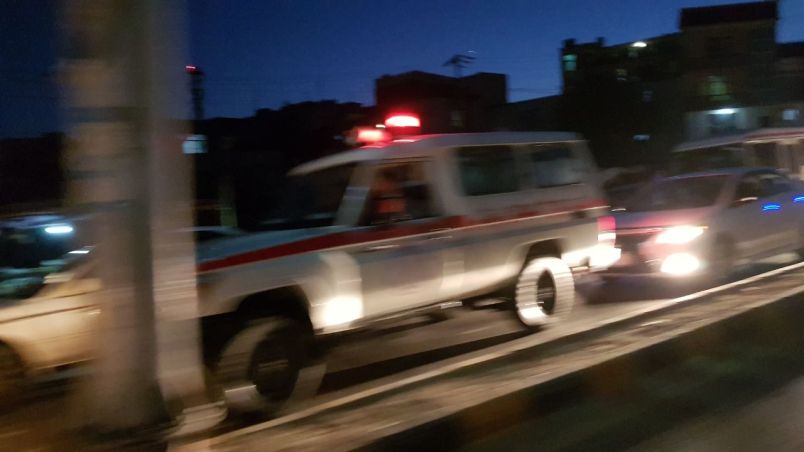This morning The Washington Post published an illuminating new look at the fall of Kabul. What is most telling, however, is the commentary about the facts revealed in the article. First let’s look at the new details.
The flight of former President Ghani, which triggered the final collapse of the Afghan government, was driven at least in part by apparently false reports that Taliban fighters were in the palace searching for him. The more resonant claim is about the mechanics of the turnover of control in Kabul.
The US government wasn’t the only one surprised by the rapid collapse of Ghani’s government. The Taliban was too. There was either an agreement in place or one being prepared for Ghani to turn over power to an interim government that would attempt to negotiate a new power sharing regime in the country. The Taliban had no immediate plans to enter the capital. Ghani’s flight short-circuited that plan. With no government in control of the capital the Taliban contacted the US and said either the US could assume control of security in the capital or the Taliban would. Abdul Ghani Baradar, the head of the Taliban’s political wing, told US Marine Gen. Frank McKenzie: “We have a problem. We have two options to deal with it: You [the United States military] take responsibility for securing Kabul or you have to allow us to do it.”
McKenzie said that evacuation was the only US mission and that the US would thus only hold on to the airport. In response, the Taliban entered the city and took over.
There’s a wave of commentary suggesting this was the moment when the US sealed the country’s fate or that the entire rushed exit over the last two weeks could have been avoided by the US taking over Kabul with Taliban acceptance if not explicit agreement. As the Post put it, “the scope of [US] defeat was total.” It is worth noting that this account suggests a level of communication and coordination between the US and the Taliban that many have been slow to appreciate. But the bigger issue is the continued inability of most commentators to grasp the inherent dynamism of all military situations and especially those of state collapse.
The idea that a few thousand US Marines or soldiers could take over security for a city of 5 million during a process of state collapse is frankly insane. The Post article portrays the decision as Biden remaining adamant about leaving no matter what. And that is clearly a central, underlying factor. But if you think holding an airport in this situation is fraught, vulnerable and highly dangerous try taking over security for a city of 5 million under the same circumstances. Force protection alone would require vastly greater numbers. Multiply the number of IED attacks by splinter factions and rival extremist groups by tenfold. Then consider the civilian collateral damage as Marines try to assert control of a city of that size when everyone knows Taliban rule is just over the horizon.
This was clearly the only possible decision. Some who claim otherwise are simply being disingenuous. But what it mostly shows is the deep lack of understanding from the ‘there had to be a better way’ crowd of the inherently dynamic nature of all military deployments and especially any actions in the context of state collapse. It’s on a par with the idea that the US could have evacuated two or three hundred thousand Afghan nationals and then allowed the US-backed government to stand on its own.
As I noted above, force protection alone would require a dramatically greater deployment. But the issue isn’t so much numbers as dynamism. You are always in the process of establishing security – which is to say, by force – or relinquishing it. You are in a dynamic process of moving toward greater or lesser control and that process feeds on itself.
The control exercised by an occupying military or a state is always an interplay between current force and force played out into and expected in the future. The US might be able to occupy a city like Kabul or even a country like Afghanistan with a few thousand troops if it was in the process of expanding the number of troops deployed and planning to stay for the indefinite future. If it is planning on turning over the territory to a hostile force in days or weeks ten times the number likely wouldn’t be enough. There are no timeouts. Trying to do both at the same time or apply the brakes a bit as the situation moves toward state collapse is a recipe for bombing attacks on US troops and civilian ‘collateral damage’ as US troops try to defend themselves and establish order. It’s like standing on a dock as a boat leaves. You stay on the dock or you leap into the boat. You can’t do both.
That’s not much solace to people trying to flee Kabul today. But it’s critical, really a sine-qua-non, for anyone trying to understand the range of options available to what amounts to an occupying power in such a situation. It’s also essential to understand how and why governments fall, usually slowly and then all at once. Because, again, the nature of control is always an interplay between the present and expectations about the future. There are no timeouts.






